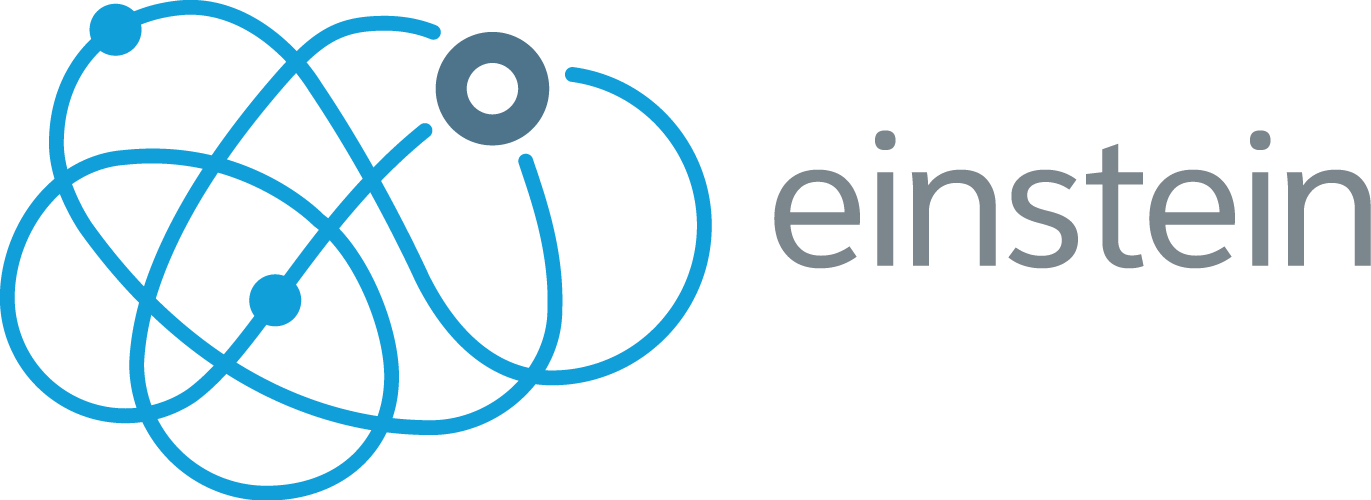
Salesforce Einstein Attribution: Complete Buyer's Guide
AI-powered marketing attribution for enterprise B2B organizations
Salesforce Einstein Attribution represents the enterprise CRM leader's sophisticated approach to AI-powered marketing attribution, leveraging advanced Shapley Value modeling to solve complex multi-touch attribution challenges that plague B2B marketing operations[38][39][62][69][75][85].
Market Position & Maturity
Market Standing
Salesforce Einstein Attribution leverages the enterprise CRM giant's dominant market position, operating within an ecosystem serving millions of users globally and representing one of the world's largest business software platforms[42][48][68][88].
Company Maturity
This market foundation provides exceptional stability and long-term viability compared to standalone attribution vendors, with Salesforce's $31+ billion annual revenue and consistent growth trajectory supporting continued platform investment and development.
Growth Trajectory
Enterprise adoption acceleration demonstrates market maturity, with consulting firms implementing generative AI for marketing attribution increasing from 33% in 2023 to 71% by 2024[26].
Industry Recognition
Industry recognition includes Salesforce's consistent positioning in Gartner Magic Quadrants for CRM and marketing automation, though specific Einstein Attribution recognition requires independent validation[73][74].
Strategic Partnerships
Strategic partnerships within Salesforce's extensive ecosystem provide competitive advantages, including native integrations with Account Engagement (formerly Pardot), Marketing Cloud, and Commerce Cloud platforms[38][40][61][76][87].
Longevity Assessment
Salesforce's position within this trend reflects broader enterprise confidence in AI-powered attribution solutions, particularly within established CRM ecosystems where integration complexity represents a primary adoption barrier.
Proof of Capabilities
Customer Evidence
Whatfix discovered twice as many content-attributed opportunities using AI attribution compared to traditional methods[5].
Quantified Outcomes
Iron Mountain achieved documented improvements using broader Salesforce AI features, including 80% case resolution rates and 70% reduction in chat abandonment through automated workflows[84].
Market Validation
Organizations report significant reductions in manual reporting after Einstein Attribution deployment, enabling marketing teams to shift focus from data compilation to strategic analysis[67].
AI Technology
Einstein Attribution employs Shapley Value modeling from cooperative game theory to solve multi-touch attribution challenges, calculating each touchpoint's marginal contribution by analyzing all possible customer engagement sequences[38][39][62][69][75][85].
Architecture
Native Salesforce integration provides Einstein Attribution's primary technical advantage, embedding directly into Campaign Influence reports and B2B Marketing Analytics dashboards[38][40][61][76][87].
Primary Competitors
Rockerbox, Nielsen
Competitive Advantages
Einstein Attribution's native Salesforce integration provides its strongest competitive advantage, embedding directly into Campaign Influence reports and B2B Marketing Analytics dashboards without API complexity[38][40][61][76][87].
Market Positioning
Einstein Attribution competes on integration depth rather than platform breadth, serving organizations prioritizing seamless CRM embedding over cross-platform attribution flexibility.
Win/Loss Scenarios
Einstein Attribution wins against competitors when organizations prioritize Salesforce ecosystem integration, have complex B2B sales cycles, and possess sufficient historical data for immediate deployment[64][67][88]. The platform loses to alternatives when organizations require cross-platform attribution, real-time optimization, or implementation flexibility with limited conversion history[71][72][101].
Key Features

Pros & Cons
Use Cases
Featured In Articles
How We Researched This Guide
About This Guide: This comprehensive analysis is based on extensive competitive intelligence and real-world implementation data from leading AI vendors. StayModern updates this guide quarterly to reflect market developments and vendor performance changes.
122+ verified sources per analysis including official documentation, customer reviews, analyst reports, and industry publications.
- • Vendor documentation & whitepapers
- • Customer testimonials & case studies
- • Third-party analyst assessments
- • Industry benchmarking reports
Standardized assessment framework across 8 key dimensions for objective comparison.
- • Technology capabilities & architecture
- • Market position & customer evidence
- • Implementation experience & support
- • Pricing value & competitive position
Research is refreshed every 90 days to capture market changes and new vendor capabilities.
- • New product releases & features
- • Market positioning changes
- • Customer feedback integration
- • Competitive landscape shifts
Every claim is source-linked with direct citations to original materials for verification.
- • Clickable citation links
- • Original source attribution
- • Date stamps for currency
- • Quality score validation
Analysis follows systematic research protocols with consistent evaluation frameworks.
- • Standardized assessment criteria
- • Multi-source verification process
- • Consistent evaluation methodology
- • Quality assurance protocols
Buyer-focused analysis with transparent methodology and factual accuracy commitment.
- • Objective comparative analysis
- • Transparent research methodology
- • Factual accuracy commitment
- • Continuous quality improvement
Quality Commitment: If you find any inaccuracies in our analysis on this page, please contact us at research@staymodern.ai. We're committed to maintaining the highest standards of research integrity and will investigate and correct any issues promptly.